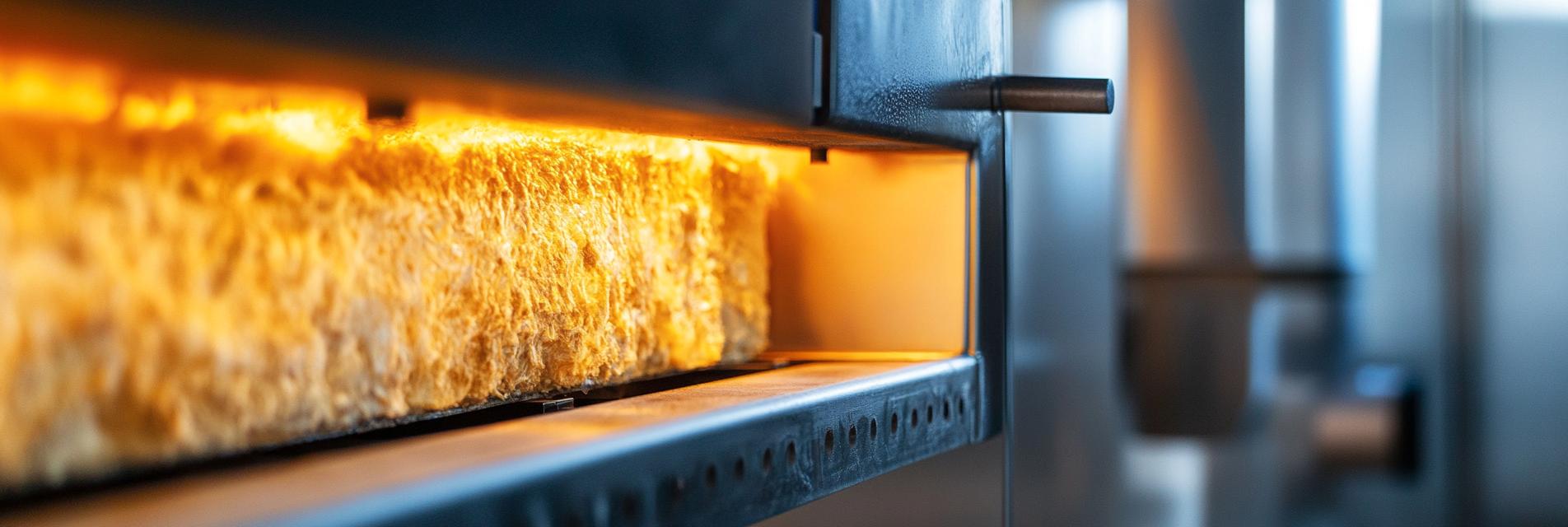In today's competitive industrial landscape, energy efficiency is not just a goal—it's a necessity. High-performance thermal insulation for furnace bodies plays a crucial role in enhancing thermal efficiency, leading to significant energy savings and reduced operational costs. This article delves into the latest innovations in thermal insulation technology and their impact on industrial processes.

Thermal insulation refers to materials and methods used to reduce heat transfer between objects. In industrial furnaces, effective insulation minimizes heat loss, ensuring that the furnace operates at optimal temperatures. This not only enhances performance but also contributes to substantial energy savings.
Recent advancements in insulation materials, such as aerogels and advanced ceramic fibers, offer superior performance compared to traditional insulation options. These technologies enable furnaces to maintain higher temperatures with less energy, translating to better productivity and cost-effectiveness.

Investing in high-performance thermal insulation for furnace bodies is a strategic move for manufacturers looking to enhance energy efficiency and reduce operational costs. By staying abreast of the latest innovations in insulation technology, companies can optimize their industrial processes and maintain a competitive edge in the market.
